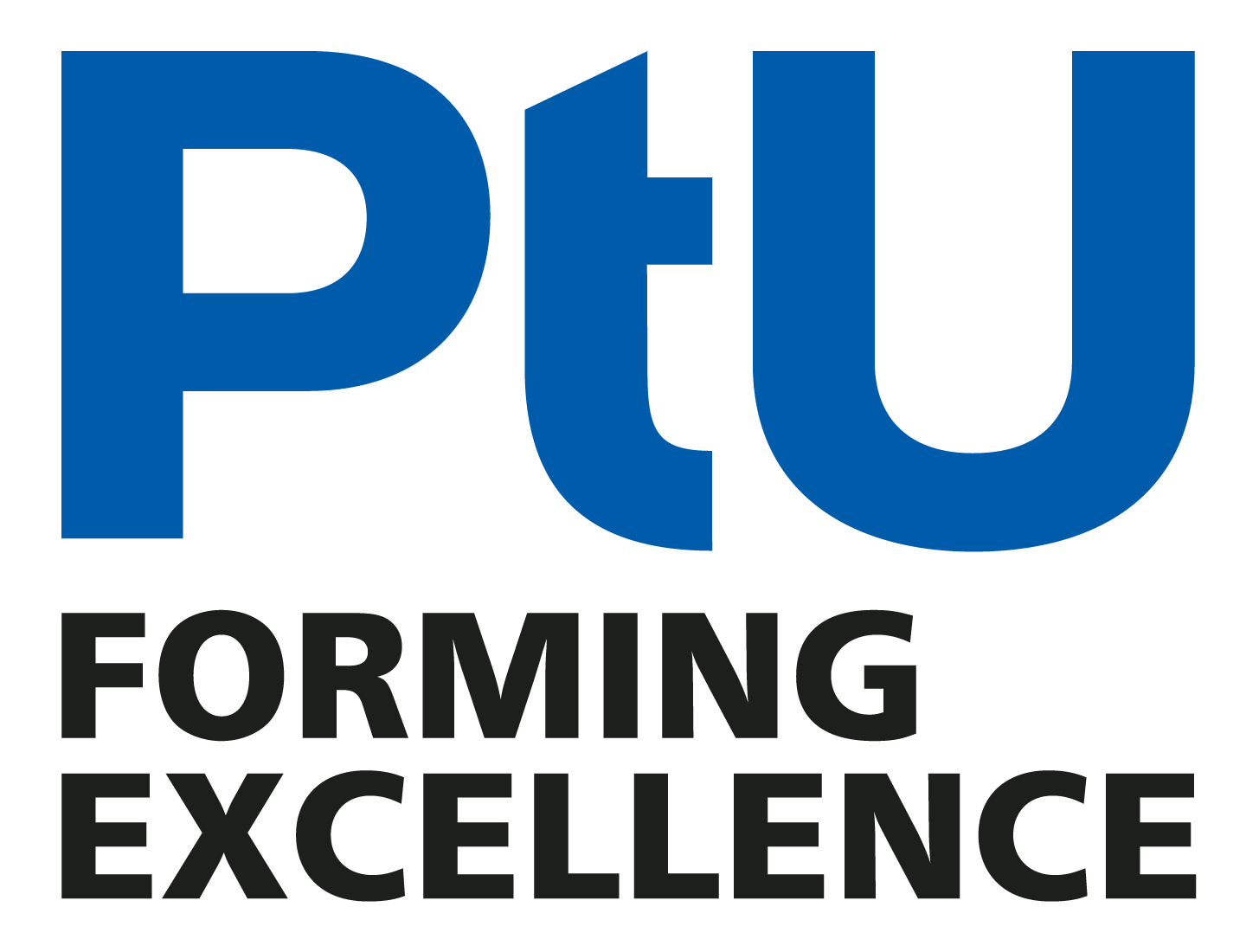DIAMOND – Development of Intelligent and Advanced Implants made of NanoTNZ
In the DIAMOND project, medical technology products are being developed using the alloy Ti-13Nb-13Zr, a second-generation titanium alloy that does not contain the critical alloying elements aluminum and vanadium and allows a wide range of mechanical, physical and biological properties to be set.
Coordinator: Lukas Kluy M. Sc.
Duration: January 2022 – April 2025
Funded by: ZIM IraSME BMWK
Motivation
Implants and osteosynthesis systems are widely used in orthopedic surgery and are essential for the treatment of a wide range of injuries and diseases. The number of operations is constantly increasing: in Germany alone, around 200,000 hip joints are replaced by implants every year. The titanium grades most frequently used in medical technology are the so-called first-generation titanium alloys (e.g. Ti-6Al-4V). However, for all the advantages that these materials have over other metallic materials, there are also some disadvantages:
If the oxide layer of an implant is damaged, metal ions can enter the body and thus the bloodstream. Vanadium is cytotoxic, and high aluminum concentrations are associated with diseases such as Alzheimer's disease and various types of cancer. The elastic modulus of implants is still significantly higher than that of bone, ranging from 100 GPa to 120 GPa. This leads to various complications, in particular bone resorption as a result of so-called “stress shielding” and the associated loosening of the implant. In addition, the aging population is increasingly demanding more durable and safer implants.
To address these changing demands on implants as well as the increasing concerns about conventional alloys and their critical alloying elements, the project combines materials science, manufacturing, design and sensing expertise to overcome these challenges.
Approach
Specifically, a new generation of implants and osteosynthesis products made of the titanium alloy Ti-13Nb-13Zr is being adjusted in a multidisciplinary approach with a nanoscale surface structure (NanoTNZ) on which bone cells can grow well, but bacterial colonization is more difficult. The ingrowth behavior is optimized by an integrated sensor system.
The aim of the Darmstadt research contribution is the development of a continuous forming process (Equal-Channel-Angular-Swaging) for the production of the NanoTNZ. The nanostructuring is particularly sensitive to temperature, forming speed and forming degree. The determination of all parameters and the control of uncertainties for a stable production of a homogeneous nanostructure with high strength and good ductility that meets biological and orthopedic requirements are in focus. These results form the basis for the design of a continuous process chain for the economic production of NanoTNZ for the new generation of implants and osteosynthesis products.
Acknowledgement
This Project is supported by the Federal Ministry for Economic Affairs and Climate Action (BMWK) on the basis of a decision by the German Bundestag.
Funded by
Project Partners




